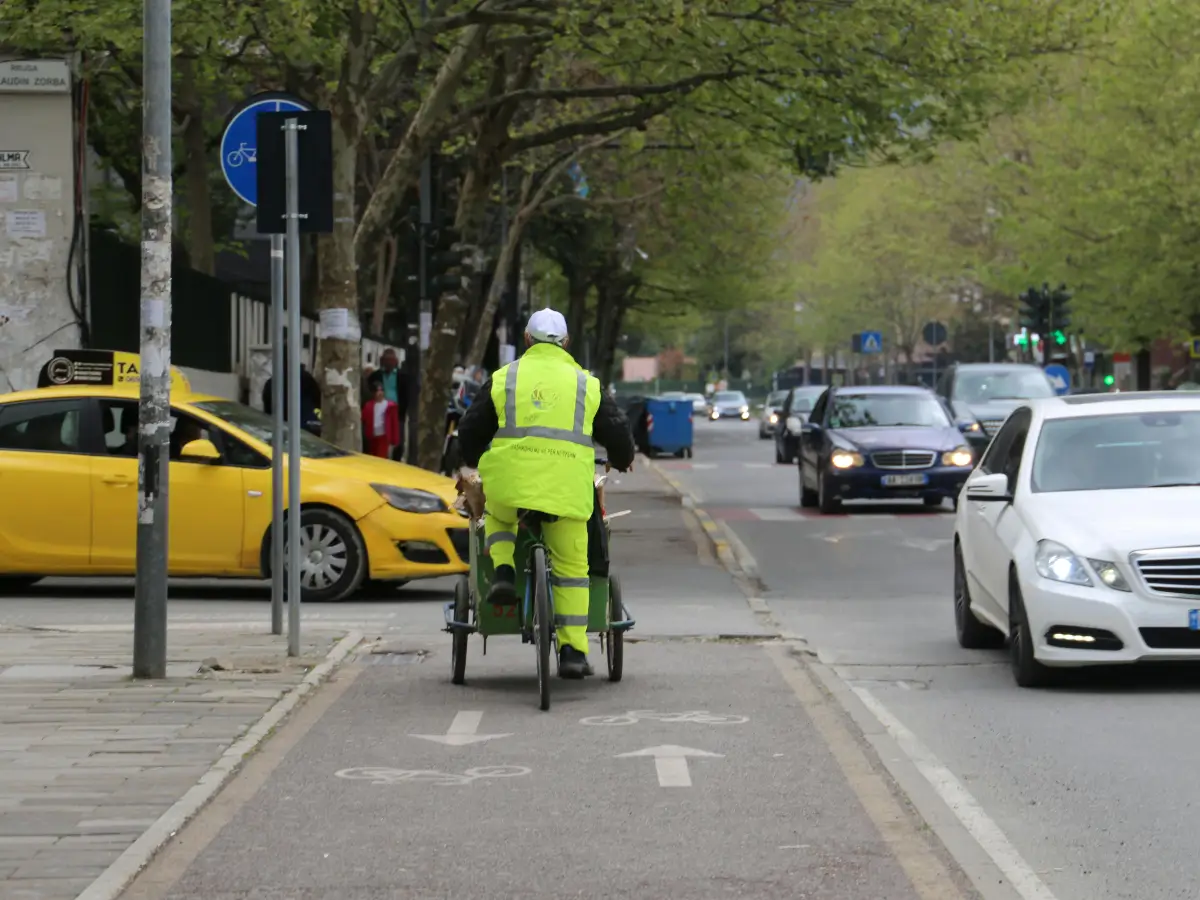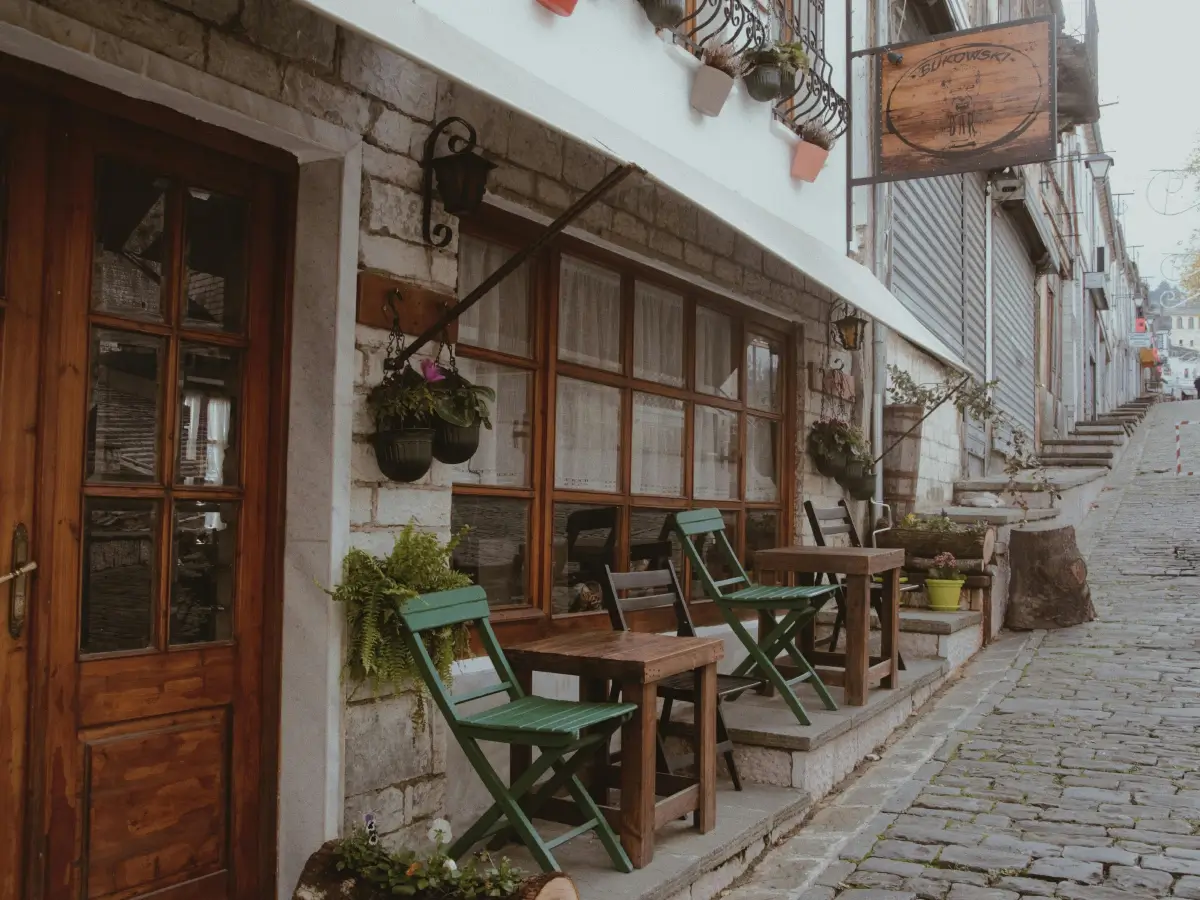Living in Albania for under $1,000 a month isn’t just possible — it’s surprisingly common. In a region where living costs have been rising fast, Albania remains one of the most budget-friendly countries in Europe, especially for foreigners who earn in stronger currencies. But what does life actually look like on that kind of budget?
The answer depends on where you live, how you spend, and whether you adopt a local lifestyle or stick to imported habits.

Housing is the biggest factor — and the biggest opportunity to save
In most Albanian cities, rent for a one-bedroom apartment ranges between $250 and $500 per month. Tirana is the most expensive, with newer or central units pushing the high end of that range. But in smaller cities like Shkodër, Elbasan, or Gjirokastër, rents can fall below $200 for furnished apartments in decent condition.
Electricity, water, and internet are reasonably priced. Most single tenants pay around $70 to $100 per month in total utilities, depending on their usage and heating method.
Many long-term residents lower costs even further by living outside city centers or choosing older buildings. Landlords often offer better rates for longer contracts, and negotiating is normal.
Food is where Albania truly shines
Local produce is seasonal, fresh, and affordable. Markets are stocked with fruits, vegetables, dairy, and meats at prices that make home cooking easy on any budget. Pasta, rice, legumes, and olive oil are all cheap and widely available.
If you eat like a local, your monthly grocery bill rarely exceeds $200. And even eating out is manageable. A coffee in a café costs less than $1, a local lunch is often $4 to $7, and dinner at a casual restaurant might cost $10 with drinks.
Imported products and international cuisine will raise your expenses quickly — but those are lifestyle choices, not necessities.
Public transport and mobility are cheap and easy
Most people in Albanian cities use public buses, which typically cost under $0.50 per ride. Taxis are affordable for short distances, and city layouts make walking practical in many areas. You don’t need a car unless you’re living rurally or planning frequent road trips.
For those who do drive, fuel prices are in line with the European average, but distances between cities are short. Insurance and vehicle maintenance are also cheaper than in most Western countries.

A realistic monthly budget under $1,000 might look like this:
-
Rent: $300 (mid-range one-bedroom apartment)
-
Utilities: $90
-
Groceries: $180
-
Eating out and coffee: $100
-
Transport: $30
-
Mobile and internet: $25
-
Other personal costs: $75
Total: $800–900
This leaves a margin for occasional travel, shopping, or unexpected expenses — even on a tight monthly income.
What kind of lifestyle can you expect?
Living under $1,000 a month in Albania doesn’t mean giving things up. You can still enjoy weekends by the beach, dinners with friends, and spontaneous trips to the countryside. The difference is that none of it feels expensive.
The country’s slower rhythm and strong social culture make everyday life feel fuller, even without spending a lot. People linger over coffee, walk more, and enjoy real human connection — not just convenience.